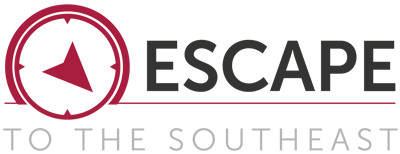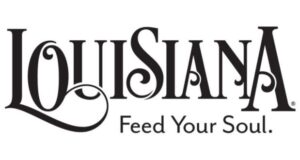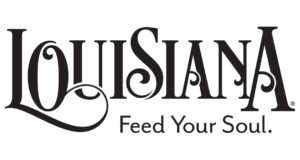The largest swamp in the United States is not the Florida Everglades, it is the Atchafalaya Basin.
Located in south central Louisiana, it measures roughly 20 miles wide and 150 miles in length (1.4 million acres) and is a combination of wetlands and river delta where the Atchafalaya River and Gulf of Mexico converge.
The Atchafalaya National Heritage Area (ANHA) is a stunningly beautiful haven for wildlife, is vitally important for the environment, and is one of only a handful of actively growing river deltas in the world.
To the environmentalist, it is North America’s largest and last total swamp ecosystem. It is five times more productive than any other river basin in North America. More than 250 known species of birds fly in the basin and is home to the largest nesting concentration of bald eagles in the south central United States.
There are more than 100 different species of fish and aquatic life in the basin and about 65 species of reptiles and amphibians. The Basin has an estimated average annual commercial harvest of nearly 22 million pounds of crawfish. The Atchafalaya Basin waters also produce catfish, shrimp, and oysters.
While the Atchafalaya Basin is located in the United States, it is known as “America’s Foreign Country.” It’s a moniker earned for its landscape, its various people and cultures, living off the land from indigenous to Acadians, carving out a livelihood over thousands of years. The Atchafalaya Basin is among the most culturally rich and ecologically varied regions in the United States, home to the widely recognized Cajun culture as well as the diverse population of European, African, Caribbean, and Native American descent.
Louisiana resident, National Geographic published, and Ansel Adams Award-winning photographer C.C. Lockwood wrote:
“What attracted me, at first, were the basin’s amazingly abundant and diverse wildlife, its rookeries with thousands of egrets and herons, its waters with billions of crawfish, and its ridges with deer, squirrels and woodcocks. Then the scenes caught my eye – the meandering bayous line with baldcypress trees, the many glassine lakes reflecting vegetation into double images, and the mighty Atchafalaya River, the lifeline of the swamp. And then, finally, it was the people who engaged my attention – the colorful, interesting, friendly people who live, use, or think about the Atchafalaya Swamp.”
C.C. Lockwood still offers photography workshops to the public in the Atchafalaya Basin. His photograph of Flat Lake near Morgan City in the Atchafalaya Basin, was made into a United States Postal Service stamp in 2011.
Immerse yourself along the Atchafalaya Water Heritage Trail. It is a self-driving trail that explores the 14-parish Atchafalaya National Heritage Area (ANHA), guiding visitors to more than 50 sites to illustrate how water has become the distinctive influence on life here.
Stay overnight at Lake Fausse Pointe State Park with cabins over the water and nature walks through miles of trails and boardwalks. Further south and east sits Mandalay National Wildlife Refuge. There you can see protected freshwater marshes that attract thousands of migratory waterfowl, while other habitats provide critical spring and fall domain for neotropical migratory birds.
Find more information at www.atchafalaya.org.
 Escape To The Southeast Escape To The Southeast
Escape To The Southeast Escape To The Southeast

